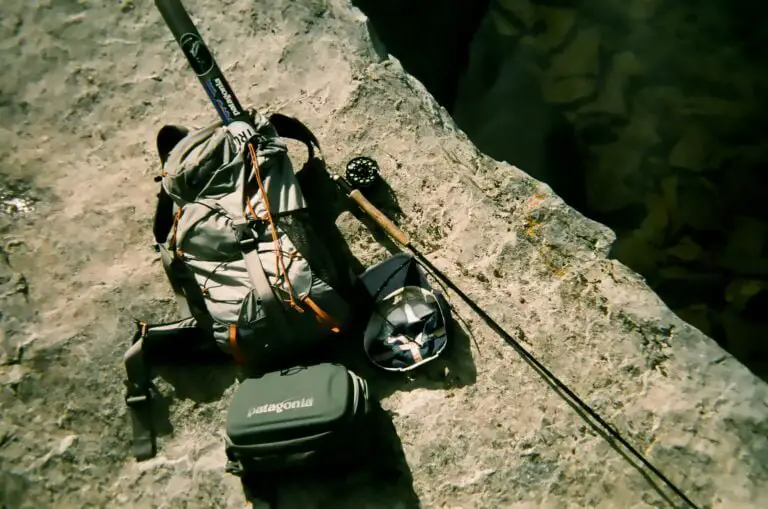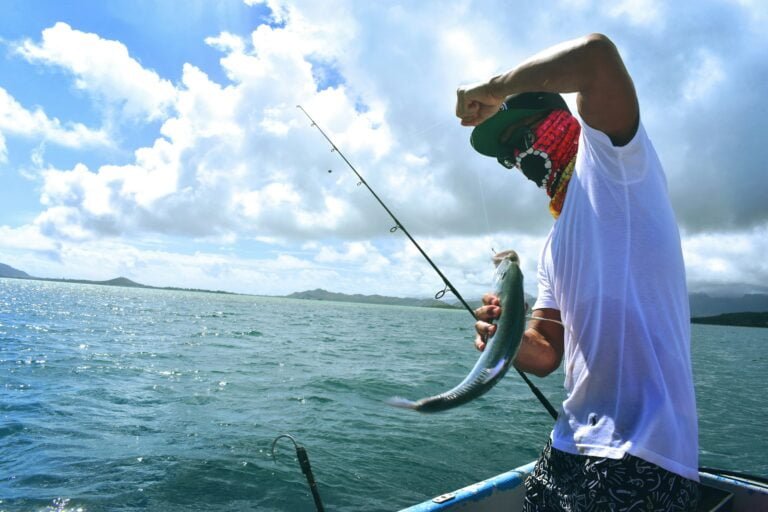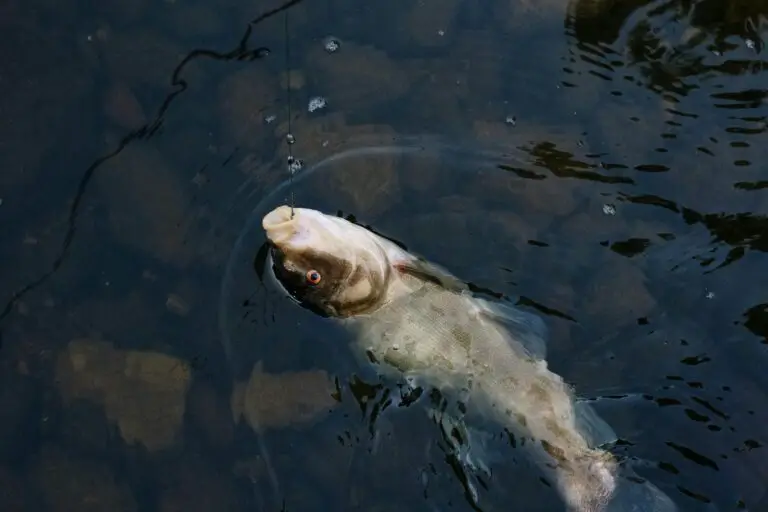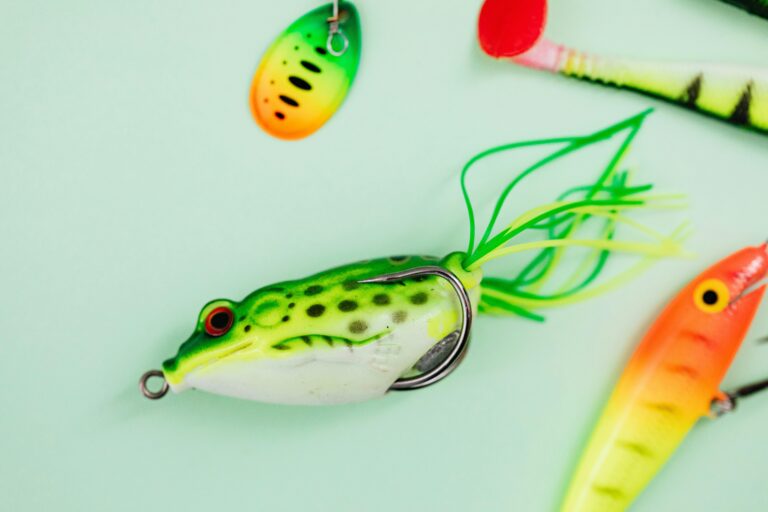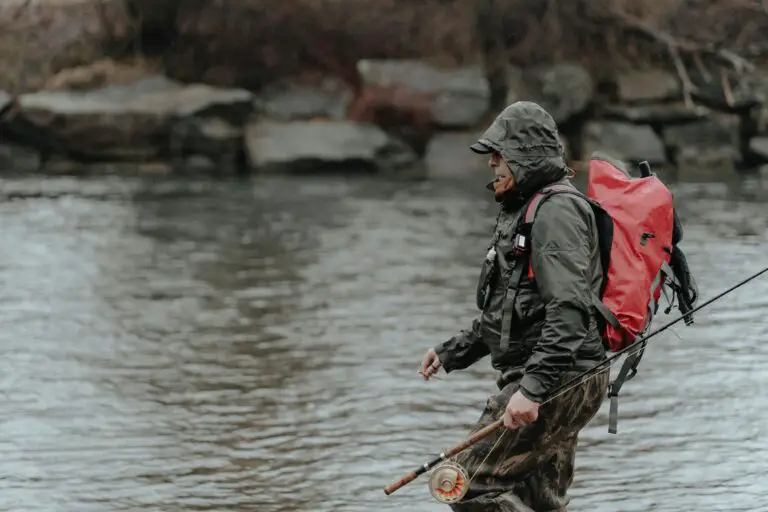What Size Reel For Catfish Comprehensive Guide 2024
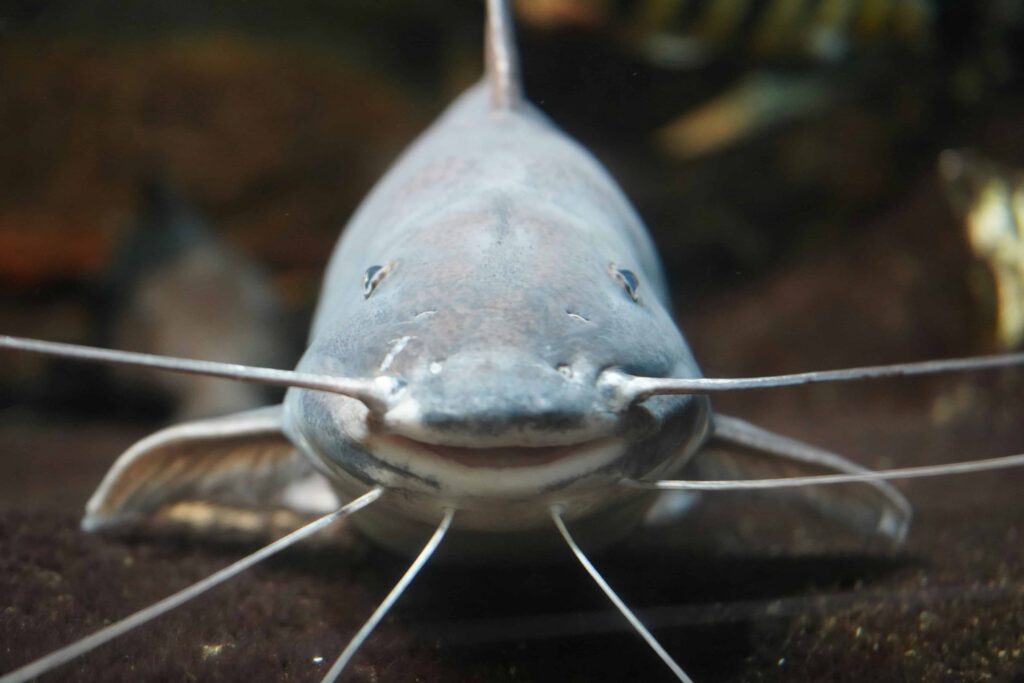
Catfish: Masters of the Deep and Delicious Delights
Catfish, the whiskered giants of the freshwater international, are not just recognized for their impressive size and electricity but also for their scrumptious flesh, which has captivated anglers and foodies for generations.
Whether you’re a pro fisherman or simply beginning out, successfully catching those underwater monsters calls for the right equipment.
And on the subject of reeling in a trophy catfish, deciding on the ideal reel length becomes crucial.
This manual will dive into the depths of reel selection, assisting you in selecting the right accomplice for your next catfish conquest!
What Size Reel For Catfish 2024
Factors to Consider When Choosing a Reel Size
What is the best reel for catfishing?
A. Catfish Species
Not all catfish are created equal, and the size of your target significantly impacts the reel you need. Here are some common catfish species and their typical size ranges:
Channel Catfish: These are the most common catfish, typically weighing 2–10 pounds, though trophy specimens can reach 20 pounds or more.
Blue Catfish: Growing larger than channel cats, blues can reach 20–50 pounds on average, with some exceeding 100 pounds.
Flathead Catfish: Renowned for their broad heads and aggressive nature, flatheads typically weigh 10–30 pounds, with giants surpassing 100 pounds.
As you can see, the size difference between catfish species is significant. A reel suitable for a channel catfish wouldn’t hold up against a monster flathead.
Therefore, choosing a reel with enough line capacity and drag strength to handle the anticipated size of your target fish is crucial.
B. Fishing Technique
The way you fish for catfish also influences the ideal reel size. Let’s explore some popular techniques and their reel requirements:
Bottom fishing involves placing bait on the bottom, often using heavier sinkers. A reel with good line capacity and a strong drag is essential to handling the weight and potential fight of a catfish.
Drift Fishing: This technique involves letting your bait drift with the current, often covering larger areas. A reel with a smooth drag and slower gear ratio is helpful for managing the line and responding to subtle bites.
Bank Fishing: Casting from the shore often requires longer casts and battling obstacles like vegetation. A reel with a larger spool capacity and a powerful retrieve is beneficial for reaching further and managing line during fights.
Understanding the technique you plan to use helps you choose a reel with features that will optimize your success and enhance your fishing experience.
Line capacity and strength
Choosing the proper line capacity and electricity is vital for effectively landing your target catfish. Here’s why:
Targeted Catfish Size: Larger fish require strains that can withstand their effective runs and competitive fighting. Opt for lines with higher breaking strengths because the focused catfish length will increase.
Fishing Environment: Consider the surroundings you may be fishing in. Heavy cover, like submerged timber, demands traces with abrasion resistance to prevent snapping. Strong currents necessitate thicker strains to resist the float.
Line Types and Reel Size
There are three major fishing line types
Monofilament: Affordable and stretchy, mono is ideal for beginners. However, it has decreased breaking strength and has a tendency to take in water, affecting spool capability.
Fluorocarbon: Nearly invisible underwater, fluoro is superb for clean water and offers accurate abrasion resistance. However, it has less stretch than mono and calls for a barely large spool due to its smaller diameter.
Braided Line: Super strong and thin, braid cuts through water nicely and offers incredible bite sensitivity. However, it has a minimum stretch and requires a larger spool due to its smaller diameter than mono or fluoro, which have equal breaking power.
When deciding on a reel, bear in mind the type of line you may use. Braided traces and fluorocarbon require reels with slightly larger spool capacities because of their smaller diameters as compared to mono of equal breaking strength.
Gear Preferences and Personal Comfort
While the elements stated above are crucial, non-public consolation and choices shouldn’t be left out. A perfectly sized reel on paper might not sense cushty on your fingers. It’s essential to not forget:
Reel Size: A larger reel would possibly provide more strength and line capability, but it can also be heavier and more cumbersome to handle. Choose a length that feels cushty to grip and function for extended intervals.
Gear Ratio: This determines how fast the line retrieves with every crank. A higher tool ratio retrieves lines faster, which is useful for protecting large areas or making rapid strikes. However, a lower equipment ratio gives more manipulation in the course of fights and is better suited for heavier lures or bait.
Ultimately, an appropriate reel length is a mixture of factors concentrated on the specific catfish species, your chosen fishing technique, the environment, and your non-public consolation stage. Don’t hesitate to try out special reels to locate the one that completely enhances your fishing style and enhances your enjoyment of the water.
Recommended Reel Sizes for Different Catfish
As we’ve explored, choosing an appropriate reel length depends on the targeted catfish species. Here’s a breakdown of appropriate reel sizes for common catfish:
A. Channel Catfish (2–10 pounds):
Spinning Reels: Sizes 2000–3000 offer an amazing stability of manageability and
capability. Look for features like:
Line capacity: Around one hundred yards of 10–15-pound check line
Smooth drag: handles spirited runs without breaking the road
Baitcasting Reels: Choose reels with
Adequate line ability: Around one hundred yards of 10–15-pound line
Smooth drag: for dealing with runs without breaking the line
B. Blue Catfish (20–50 kilos):
Blue catfish require sturdier equipment due to their length and fighting spirit.
Spinning Reels: Sizes 3000–4000 are advocated, with:
Stronger drag structures compared to the ones for channel catfish (around 15-20 pounds)
Consider features like:
Larger spool ability for more lines
Corrosion resistance for saltwater environments (if applicable)
Baitcasting Reels: Opt for reels with:
Strong drag structures (round, 15-20 pounds)
Sufficient line capacity: Around one hundred fifty yards of 20- to 30-pound line
Consider functions like:
Comfortable grips for prolonged use
Braid-geared-up spools if using braided line
Flathead Catfish (10–30 kilos)
These brutes demand the heaviest address
Spinning Reels: Sizes 4000-6000 are perfect, with:
Robust drag systems exceeding 20 kilos
Consider capabilities like:
Large spool potential for heavier strains
Corrosion resistance (if applicable)
Baitcasting Reels: Choose heavy-obligation reels with:
Exceptional drag systems (over 25 kilos)
Ample line potential: Around two hundred yards of 30- to 50-pound line
Consider capabilities like:
Powerful tool ratio for faster retrieves
Comfortable grips for preventing large fish
Remember: These are trendy suggestions, and the precise reel size would possibly vary depending on elements like:
Targeted fish length: Trophy fish within a species might require a step-up in reel size.
Fishing environment: Heavy cover or sturdy currents may also necessitate more potent strains and reels.
Personal preferences: Consider comfort, weight, and features essential to you.
For particular guidelines, consulting skilled anglers or fishing specialists tailored for your nearby waters and possibilities is continually clever.
Additional Tips for Choosing a Catfish Reel
While size is vital, other reel capabilities also play a role
Gear Ratio: This determines how speedy the line retrieves with every crank. Consider a better equipment ratio for protecting massive regions or speedy moves, and a lower tool ratio for higher manipulation during fights and handling heavier lures.
Drag System Quality: A smooth and dependable drag system is crucial for catfish fishing, permitting you to control powerful runs without breaking the line.
Corrosion Resistance: If you plan on fishing in saltwater environments, choose a reel with corrosion-resistant substances to ensure its toughness.
Overall Build Quality: Opt for reels with long-lasting creation and exquisite components to face up to the rigors of catfish fishing.
Consulting with experienced anglers or fishing specialists can provide valuable insights unique to your neighborhood waters and fishing style. They will let you pick the precise reel that suits your wishes and finances.
Conclusion What Size Reel For Catfish
Choosing the proper reel length for catfish is crucial for success and exciting fishing experiences. Remember to remember the targeted catfish species, fishing technique, surroundings, line capability and electricity, and your non-public comfort and choices.
Don’t hesitate to seek professional advice and prioritize a reel that matches your unique wishes. With the proper system and information, you’ll be well on your way to reeling in those whiskered trophies! Tight lines and good fortune!

